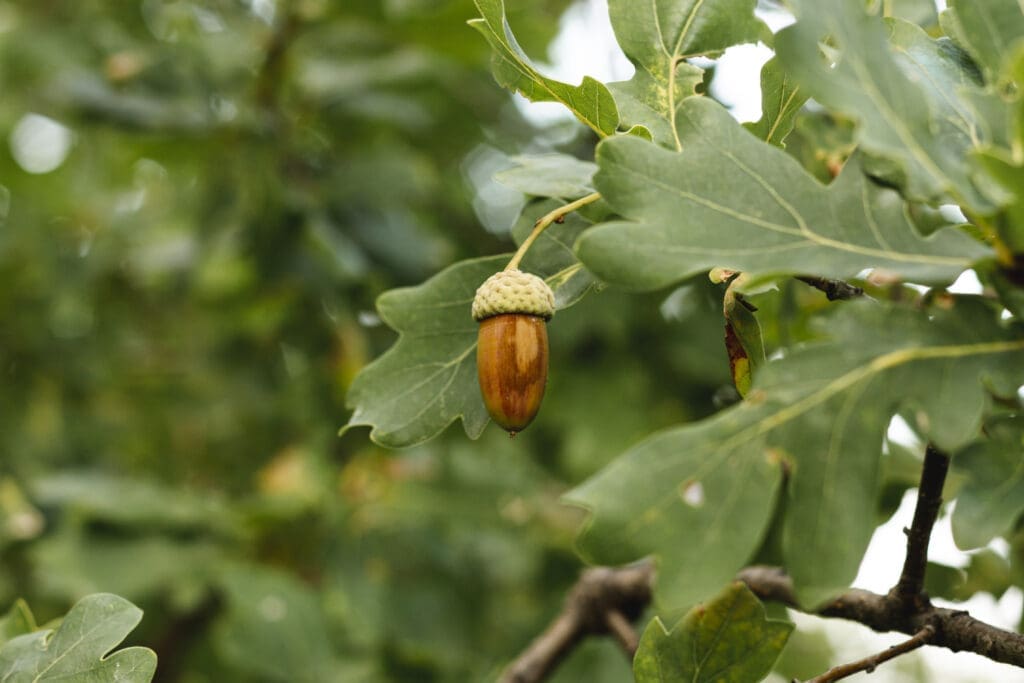
Nux moschata
Latin name: Nux moschata
Short name: Nux-m
Common name: Nutmeg | Myristica Seed | Muscat Nut | Spice Nut | Banda Nut
Primary miasm: Psoric Secondary miasm(s): Sycotic, Tubercular
Kingdom: Plants
Family: Myristicaceae
- Symptomatology
- Remedy Information
- Differentiation & Application
Nux moschata is prepared from the dried seed of Myristica fragrans, a tropical evergreen tree native to the Banda Islands of Indonesia. Nutmeg has been used for centuries as a culinary spice, a mild hallucinogen in high doses, and a traditional remedy for digestive complaints. In homeopathy, its action centres on the nervous system, gastrointestinal tract, and female reproductive system, creating a state of profound dryness, mental confusion, and hypersensitivity.
Culinary spice, natural preservative, traditional remedy for flatulence and diarrhoea; in large doses, used as a psychoactive intoxicant
Culinary spice, natural preservative, traditional remedy for flatulence and diarrhoea; in large doses, used as a psychoactive intoxicant
- Nervous system – drowsiness, absent-mindedness, cataleptic states
- Mind – confusion, hallucinations, dual perception, emotional instability
- Mucous membranes – profound dryness of mouth, throat, and rectum
- Stomach and bowels – bloating, flatulence, colic
- Female reproductive system – menses, hysteria, uterine symptoms
- Circulation – fluctuations in pulse, fainting tendencies
- Sensorium – dreamy, detached, dissociated sensations
- Lying down or resting
- Pressure on the abdomen
- Warmth (for some abdominal symptoms)
- After sleep (sometimes temporarily)
- Cold, dry weather
- Emotional excitement or laughter
- Slightest exertion or motion
- During pregnancy or menses
- Suppressed emotions or grief
- Overeating or rich food
- Mental activity
- Opium – Profound sleepiness and confusion, but more congestive and torpid
- Phosphoric acid – Mental fatigue, but less dreaminess or dryness
- Pulsatilla – Faintness and changeability, but more weepy and warm-blooded
- Gelsemium – Drowsiness and weakness, but more trembling and fear
- Ambra grisea – Nervousness and forgetfulness, but more bashfulness
- Complementary: Pulsatilla, Sepia
- Antidotes: Camphora, Coffea
- Follows well: Gelsemium, Ignatia
- Inimical: Bryonia (too dry and opposing dynamics)
Nux moschata expresses the collapse of inner cohesion—the self seems lost, dissociated, and enveloped in a fog. The body is dry, the mind is disoriented, and life is experienced at a remove. In this drifting state, extremes of hypersensitivity and cataleptic stupor coexist. It is a remedy of dreamers, those who float rather than fight, who are easily overwhelmed by sensation or emotion, and respond by detaching entirely.
- Excellent in post-anaesthetic stupor
- First remedy to consider in extreme dryness without thirst
- Useful for pregnancy faintness or menses-related sleepiness
- Suitable for hysterical or cataleptic states in women
- Flatulence, bloating, and somnolence following indulgence
Mind
- Delusion: in a dream
- Absent-minded
- Sleepiness with confusion
- Forgetful, loses thread of conversation
- Laughing alternating with sadness
Mouth and Throat
- Dryness, extreme
- Tongue sticks to palate
- No thirst with dryness
- Speech difficult from dry mouth
Stomach and Abdomen
- Bloating after eating
- Colic better from pressure
- Constipation with no urging
Generalities
- Dryness, internal
- Sleepiness
- Fainting spells
Worse from emotion
- Samuel Hahnemann – Materia Medica Pura: Original proving, especially dryness, confusion, and constipation
- Allen – Encyclopaedia of Pure Materia Medica: Mental symptoms and digestive disturbances
- Boericke – Pocket Manual: Clinical use and keynote modalities
- Kent – Lectures on Homoeopathic Materia Medica: Mental fogginess and sleepiness
- Clarke – Dictionary of Practical Materia Medica: Gastrointestinal and female complaints
- Hering – Guiding Symptoms: Absent-mindedness, dryness, and hysteria
